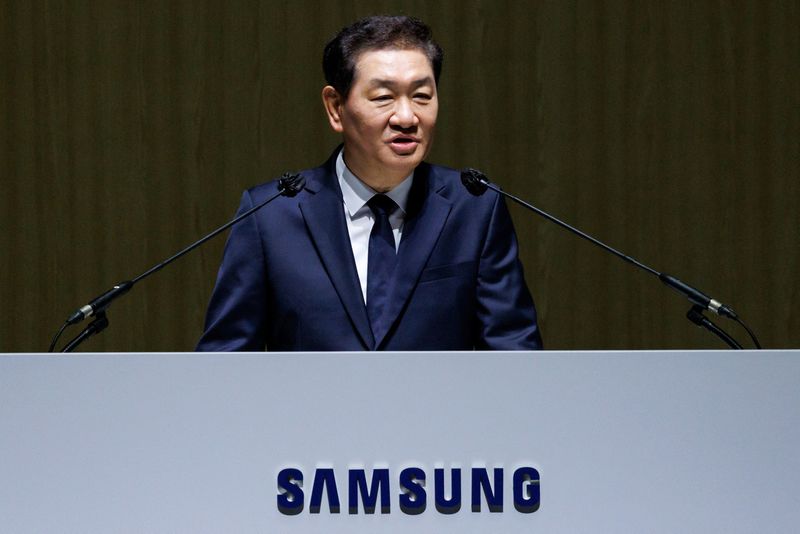Rescuing Voyager 2: Recovering a Twisted Antenna in Outer Space
 |
| NASA's Ingenious Efforts to Restore Communication with Voyager 2 |
In a near mishap, Voyager 2 narrowly escapes becoming a lost space traveler as NASA strives to recover a misaligned antenna that skewed by about 2 degrees. This incident, unfolding as a result of an unintentional command error, underscores the challenges and precision required in communicating with a tiny spacecraft located more than 200 billion kilometers away from Earth.
NASA's Jet Propulsion Laboratory (JPL) sent a routine signal to Voyager 2 on the 21st of last month (local time), a space probe that has been journeying for over 16,000 days since its launch on August 20, 1977. However, the mission's chief, Sueon Dodd, and her team discovered that incorrect commands had been transmitted to Voyager 2. A slip-up occurred during the actual transmission, causing the spacecraft's antenna to twist by around 2 degrees. Consequently, Voyager 2 found itself in a situation where it couldn't receive signals from Earth or transmit signals back to our planet.
The Voyager 2 Dilemma: A Future in Peril
Although this issue could have naturally resolved itself in a matter of months, NASA scientists determined that waiting for the automatic restoration system to kick in wasn't an option. Voyager 2 is equipped with software options to autonomously restore its systems in case of contingencies or communication interruptions. One of these options includes periodically adjusting the antenna's orientation towards Earth. Nevertheless, the NASA team couldn't rely solely on this contingency plan.
Voyager 2's memory (RAM) is a mere 68KB, and its backup storage is even more antiquated than cassette tapes we're familiar with. Transmitting data to Earth would overwrite existing information, and lacking a backup device meant that any data from the period of lost communication would be forever irretrievable. After over a week of discussions and deliberation, NASA devised a plan. The idea was to transmit the command "Adjust the antenna angle" to Voyager 2 multiple times, as powerfully as possible, aiming to detect even the faintest signal. While this might seem straightforward, it demanded intricate calculations and precise transmission techniques, given the challenges of targeting a minuscule probe in the vast expanse of space.
The Long-Awaited Recovery: 37 Hours to Realign
On August 2nd, the signal with maximum output was sent through the 70-meter, 100 kW dish antenna in Canberra, Australia. This antenna is part of the "Deep Space Network," a system connecting large antennas worldwide, operated by JPL. Due to its orbital trajectory, Voyager 2 can only communicate through antennas in the southern hemisphere of Earth. Confirmation that the signal reached Voyager 2 and that the spacecraft had corrected its orientation took an astounding 37 hours. On August 3rd, at 9:30 PM Pacific Standard Time, Voyager 2's signal finally reached Canberra. The lost space traveler was found after more than two weeks.
Voyager 1 and 2: Pioneers of Space Exploration
The twin probes, Voyager 1 and Voyager 2, hold significant positions in the history of human space exploration. After the conclusion of the Apollo program, NASA scientists set their sights on exploring the outer planets (Jupiter, Saturn, Uranus, Neptune). This endeavor gave rise to the Voyager mission. Voyager 1 and 2 were tasked with exploring Jupiter and Saturn via distinct trajectories. These probes executed their missions flawlessly. Subsequently, Voyager 2 flew past Uranus and Neptune, while Voyager 1, after observing Saturn's moon Titan, became the first object to venture beyond the boundaries of our solar system.
A Secretive Venture into the Future
The Voyager probes' extensive journeys were backed by NASA scientists' strategic planning. Despite substantial budget cuts to NASA, the agency's scientists poured cutting-edge technology and equipment into Voyager 1 and 2. Those who participated in the project recall, "We had hoped to reach at least Uranus." Voyager 2 successfully passed Uranus in 1986 and extended its mission to fly by Neptune in February 1989. Even after 34 years, the ongoing voyage of these probes underscores the dedication NASA invested in the Voyager mission.
The Future Uncertain: Sustaining Communication
Voyager 1 and 2 will continue to drift away from Earth indefinitely unless met by an unforeseen collision. The critical factor is the ability to communicate. The probes are powered by Radioisotope Thermoelectric Generators (RTGs), which convert the heat generated by decaying plutonium-238 into electricity. With a half-life of 87 years, plutonium-238's power output diminishes by around 4 watts per year. NASA is employing every possible means to sustain communication. Since March, backup power intended for safety mechanisms has been allocated to communication, and scientific observation equipment will be gradually discontinued. Communication should persist until 2026, but beyond that, the fate of communication remains uncertain.
In 1990, Voyager 1 turned its cameras toward Earth from near Pluto and captured an iconic image. Renowned astronomer Carl Sagan dubbed the Earth in the image "The Pale Blue Dot," describing our planet as a tiny, fragile speck on the vast cosmic stage. Voyager 1 and 2 carry more than just observational equipment – they also bear Golden Records containing sounds, music, greetings in 55 languages, and a snapshot of Earth's natural world. Perhaps, in the future, these twin probes will serve as messengers, introducing humanity and Earth to the vastness of the cosmos.



Comments
Post a Comment